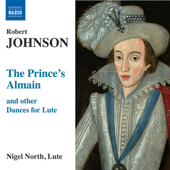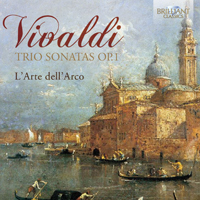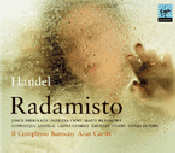|
| This is my post from this week's Tuesday Blog. |
This week’s Tuesday Blog is an installment of our Cover2Cover series, with a 1989 recording of the esteemed soprano Gundula Janowitz in a Milan recital, singing a selection of 15 lieder by Franz Schubert, accompanied at the piano by Charles Spencer.
According to classical-music.com, Schubert's body of work includes over 600 songs for voice and piano. That number alone is vastly impressive - many composers fail to reach that number of compositions in their entire output, let alone in a single genre. But it isn't just the quantity that's remarkable: Schubert consistently, and frequently, wrote songs of such beauty and quality that composers such as Schumann, Wolf and Brahms all credited him with reinventing, invigorating and bringing greater seriousness to a previously dilletante musical form.
Maybe it’s just me, but I sense there’s a preponderance of male Schubert singers; Schubert's Winterreise is performed by both men and women. However, even when there are implied "characters," the tendency is inconsistent: as an example, Schubert's Die schöne Müllerin is almost always sung by men, while Mahler's Lieder eines fahrenden Gesellen is split almost equally between men's and women's voices in performance.
Gundula Janowitz officially retired from the stage in 1990 and, according to most accounts, gave occasional recitals until around the middle of that decade with her final recital –captured for posterity in a bootleg recording - in September 1999. As far as I know, there are only two mainstream recordings of Ms Janowitz singing Schubert (with the exception of that final recital), one for DGG (with Irwin Gage at the piano) and this late-career recital with Spencer at the piano re-issued on The Nuova Era and Brilliant Classics labels.
I agree with some of the contemporaneous reviews of this and her final recital a decade or so later; the singer is in remarkably fresh voice throughout. There’s a certain loss of bloom, inevitably, and an occasional brittleness of intonation, but the unique sound is unmistakable, the delivery still clear and confident.
Happy Listening!

Franz SCHUBERT (1797-1828)
- Der Winterabend D938, Text by Karl Gottried von Leiner
- Auf dem See D543, Text by Johann Wolfgang von Goethe
- Das Lied im Grunen D917, Text by Fredrich Reil
- An die untergehende Sonne D457, Text by Ludwig Gotthard Theobul Kosegarten
- Der liebliche Stern D861, Text by Ernst Schulze
- An den Mond D296, Text by Johann Wolfgang von Goethe
- Nachtstuck D672, Text by Johann Baptist Mayrhofer
- Augenlied D297, Text by Johann Baptist Mayrhofer
- Der blinde Knabe D833, Text by Jakob Nikolaus de Jachelutta Craigher
- Am Grabe Anselmos D504, Text by Matthis Claudius
- Bei Dir allein D866, Text by Johann Gabriel Seidl
- Die abgebluhte Linde D514, Text by Ludwig Graf von Savar-Felso Videk Szechenyi
- Fischerweise D881, Text by Franz Xaver Freiherr von Schlechta
- Geheimnis D491, Text by Johann Baptist Mayrhofer
- An die Musik D547, Text by Franz von Schober
Gundula Janowitz, soprano
Charles Spencer, piano
Live Milan, Italy, 1989
Nuova Era 6860 [http://www.arkivmusic.com/classical/...bum_id=134490]
Internet Archive URL - https://archive.org/details/GundulaJanowitzFranzSchubert15Lieder
Video posted by Johnny BeGood







:format(jpeg):mode_rgb():quality(90)/discogs-images/R-6077657-1410469904-8594.jpeg.jpg)




:format(jpeg):mode_rgb():quality(90)/discogs-images/R-3957302-1350489772-3094.jpeg.jpg)